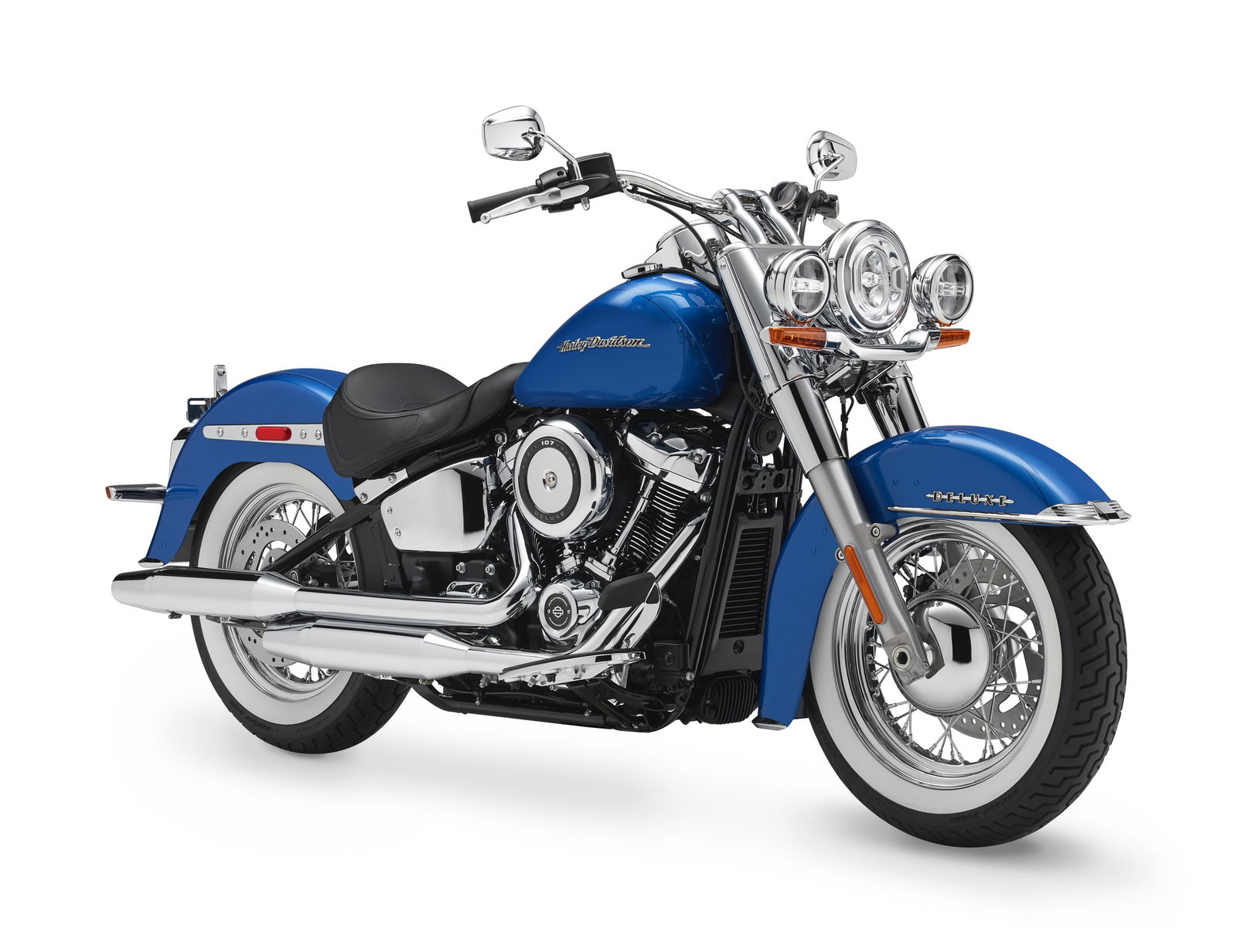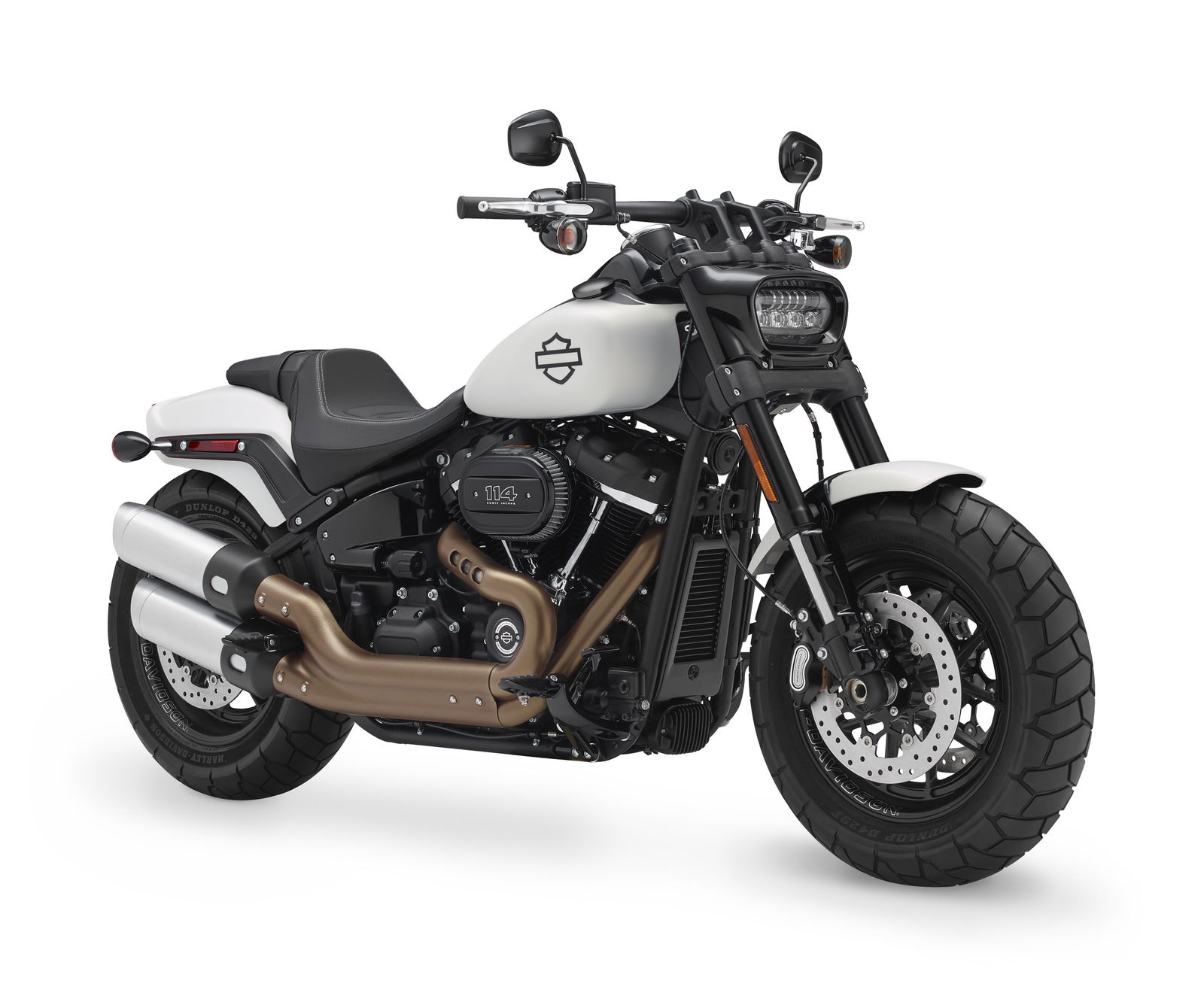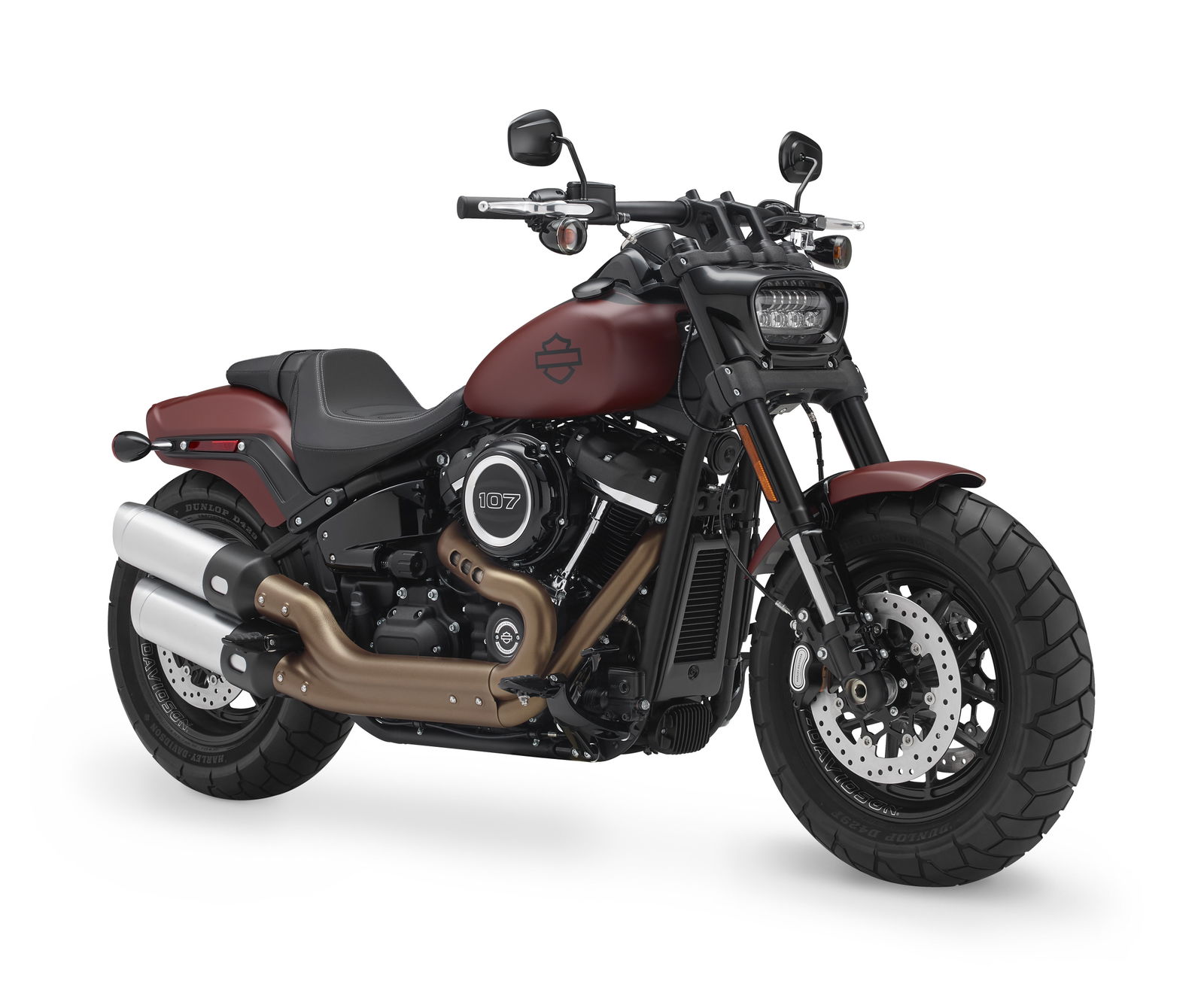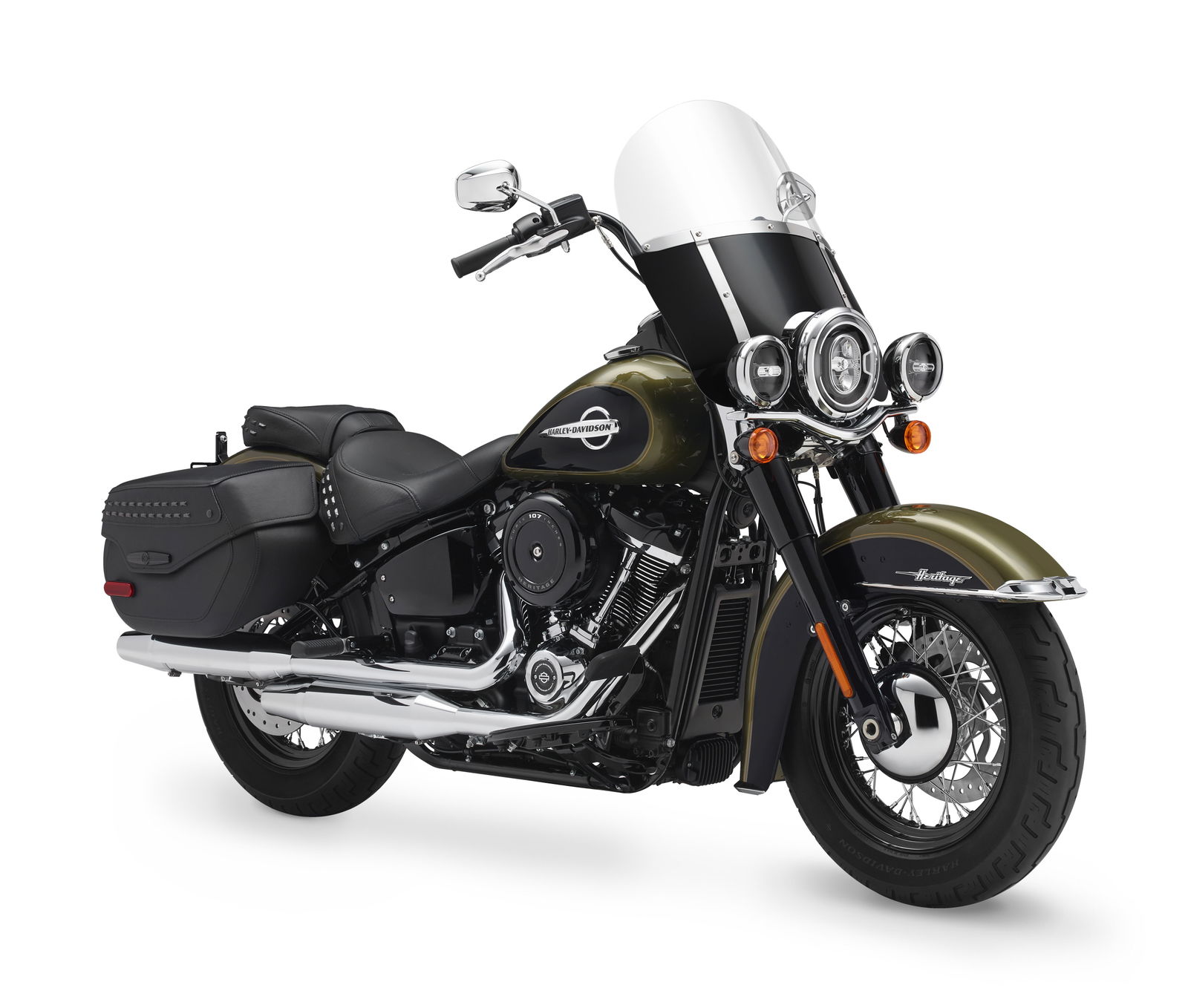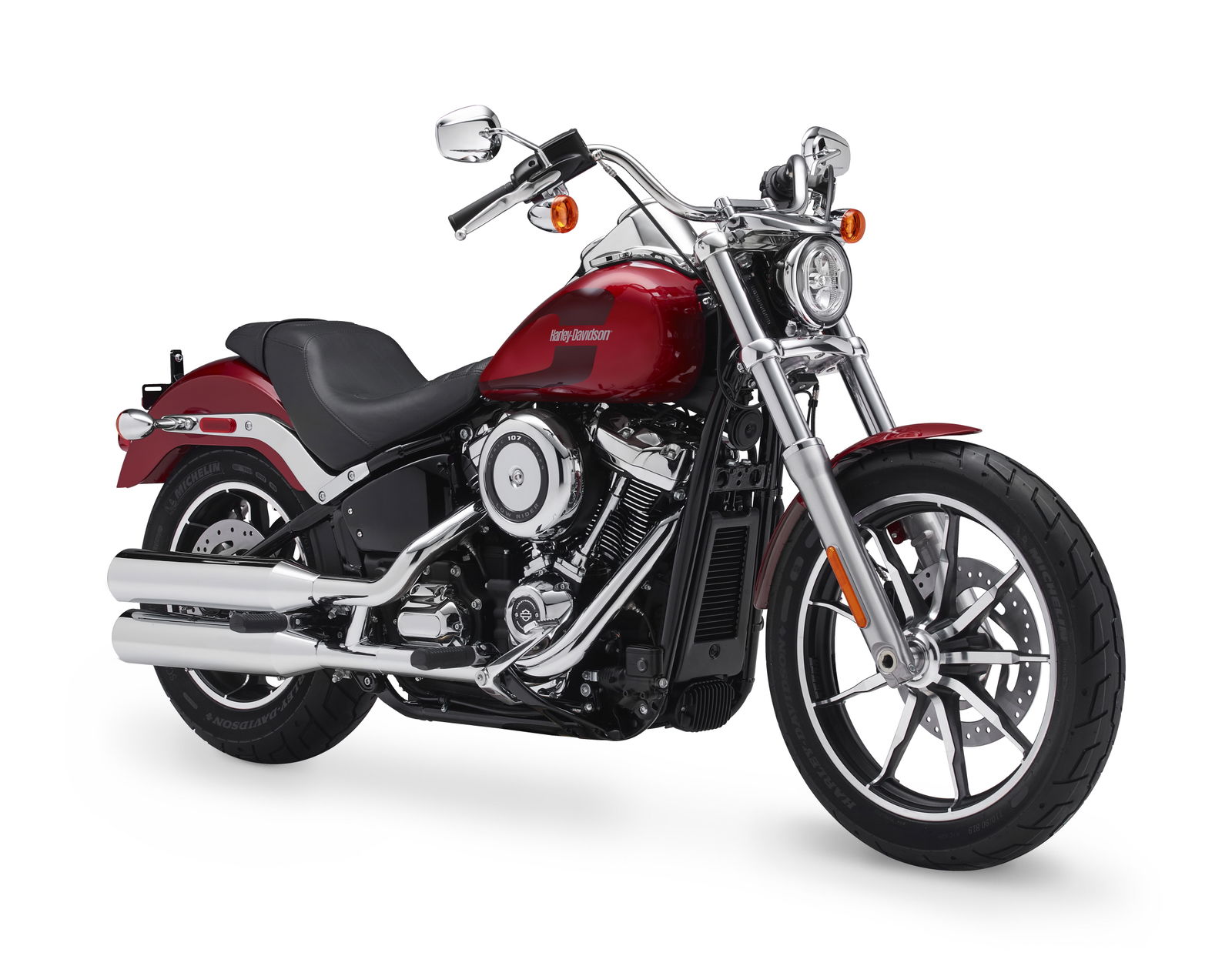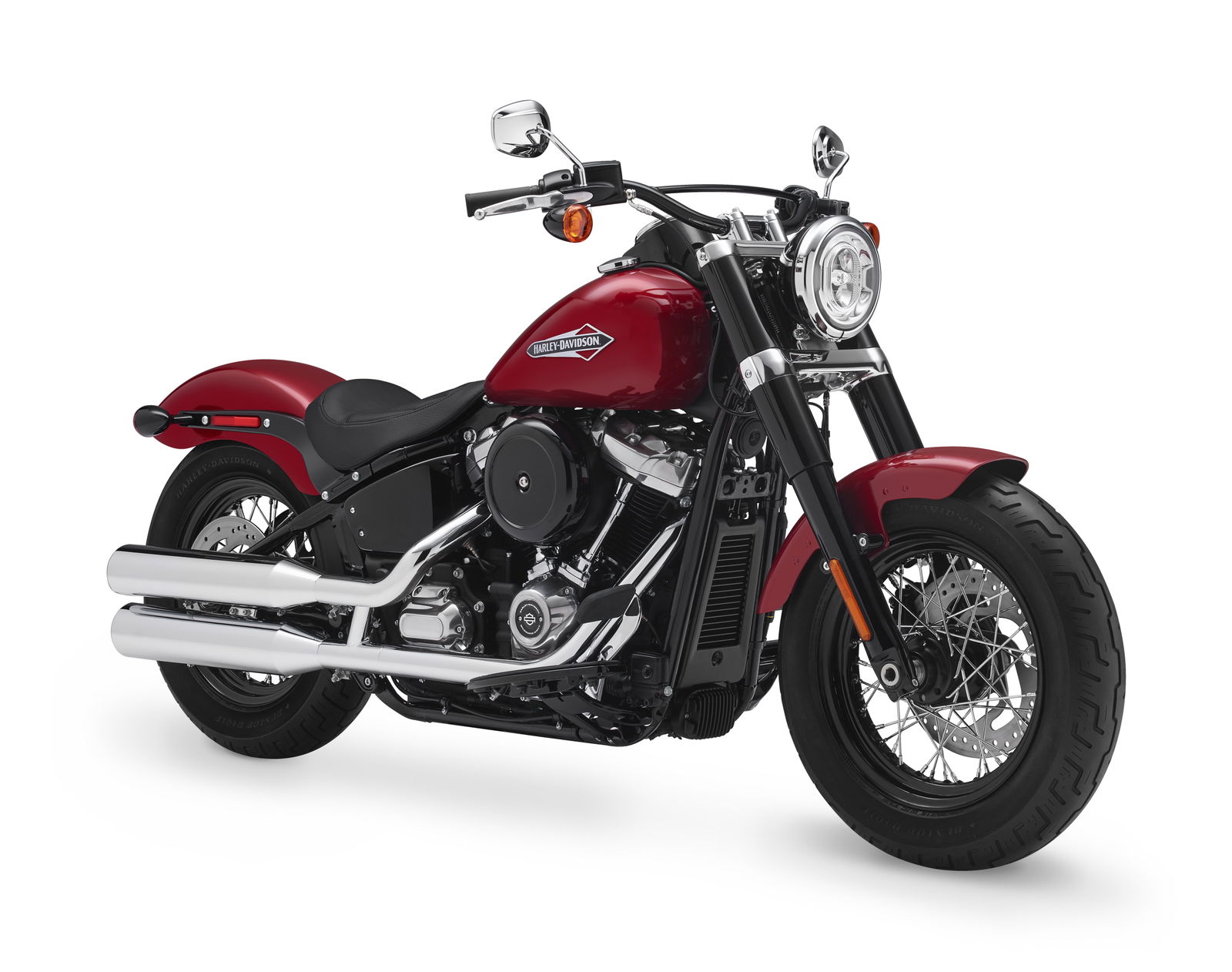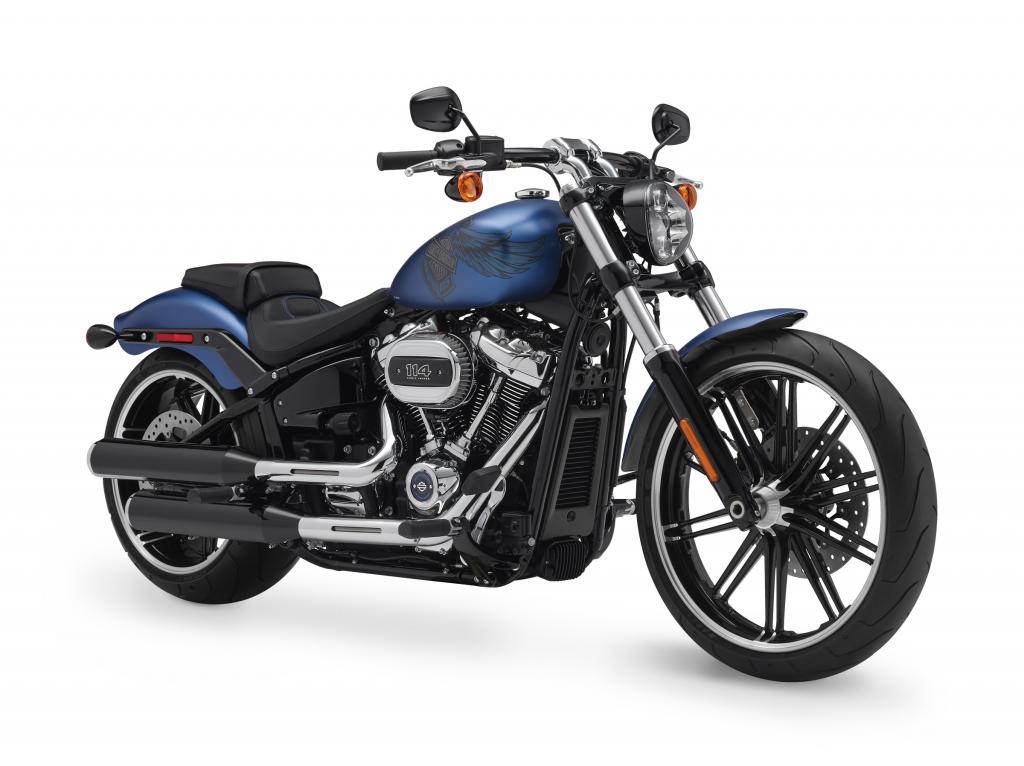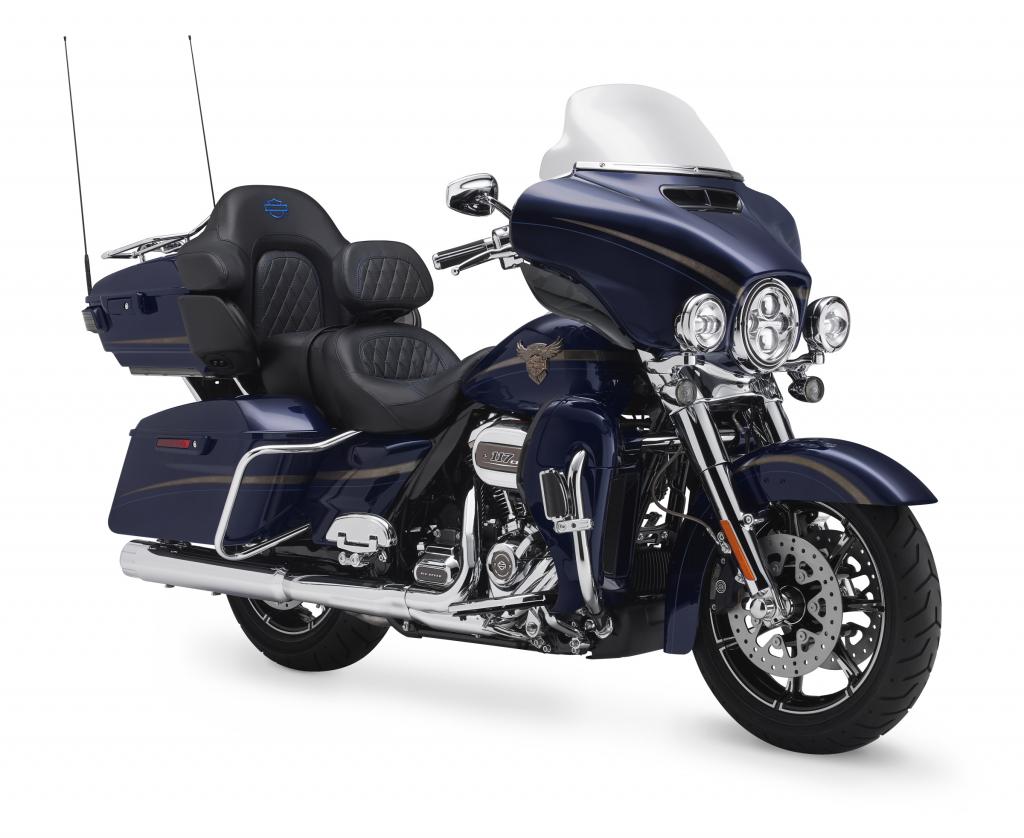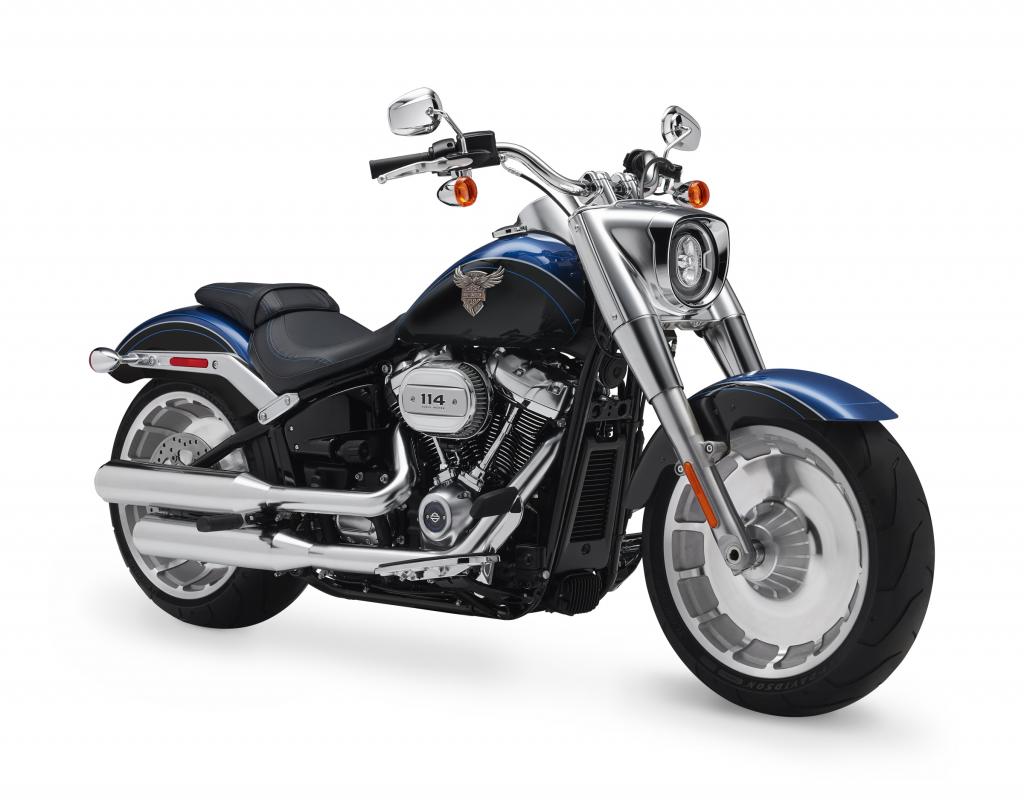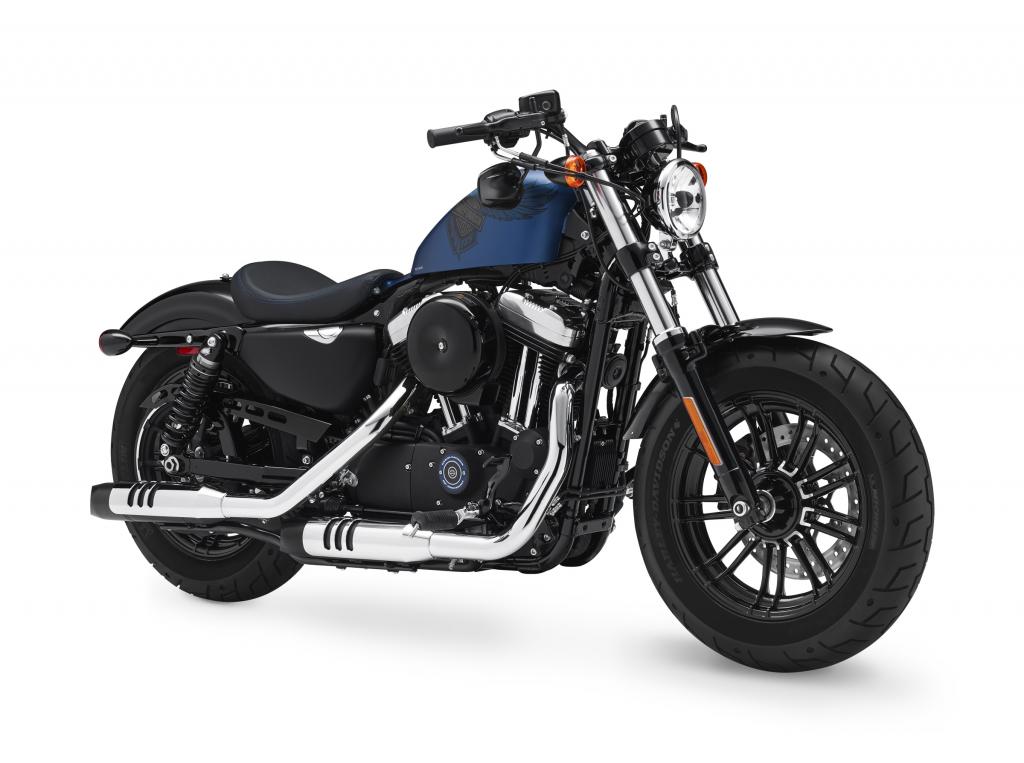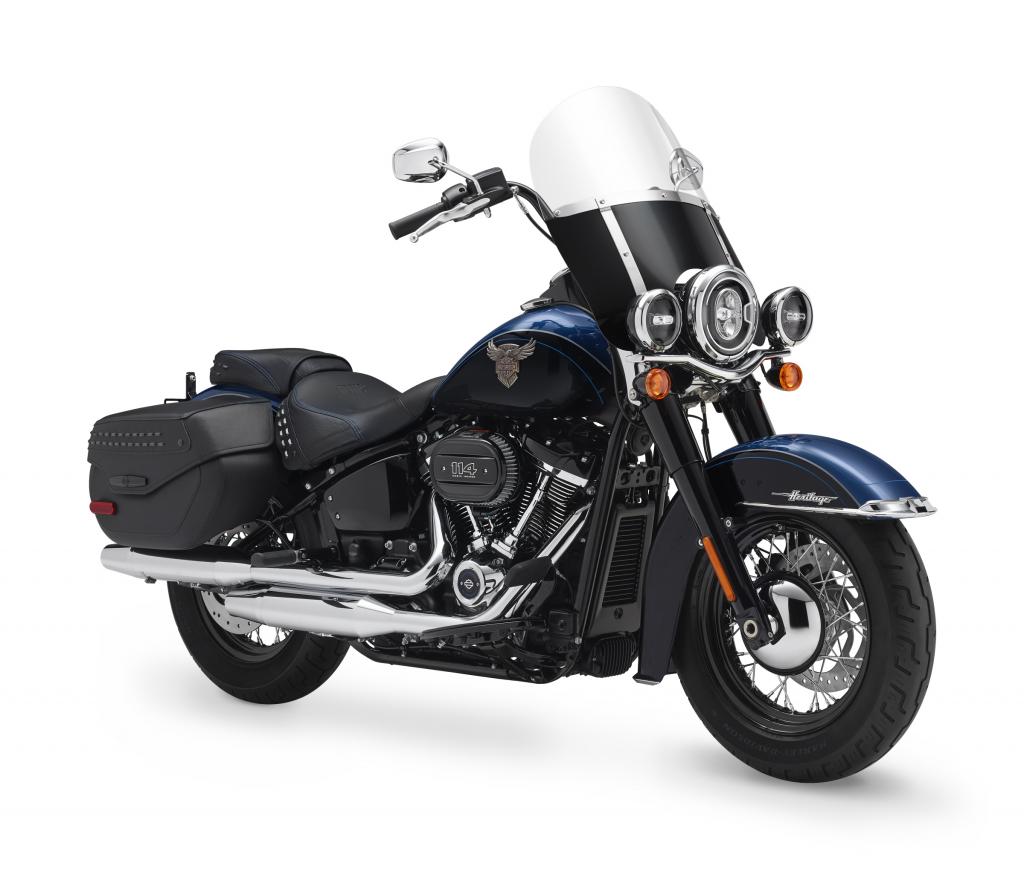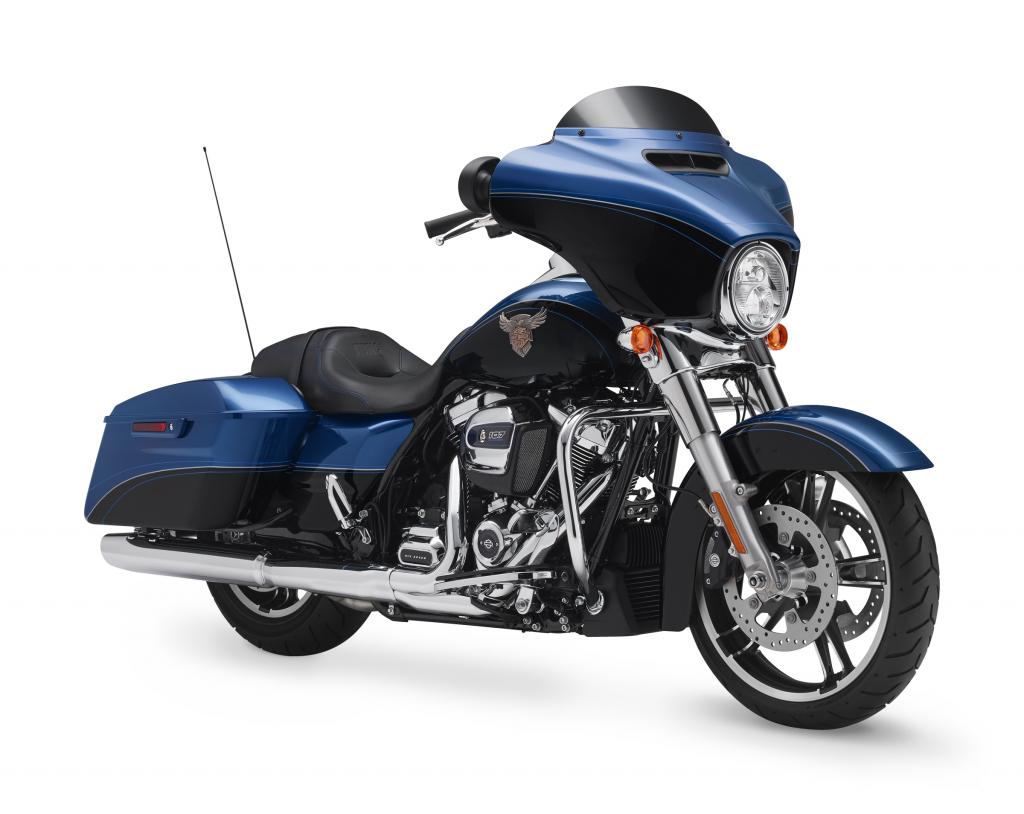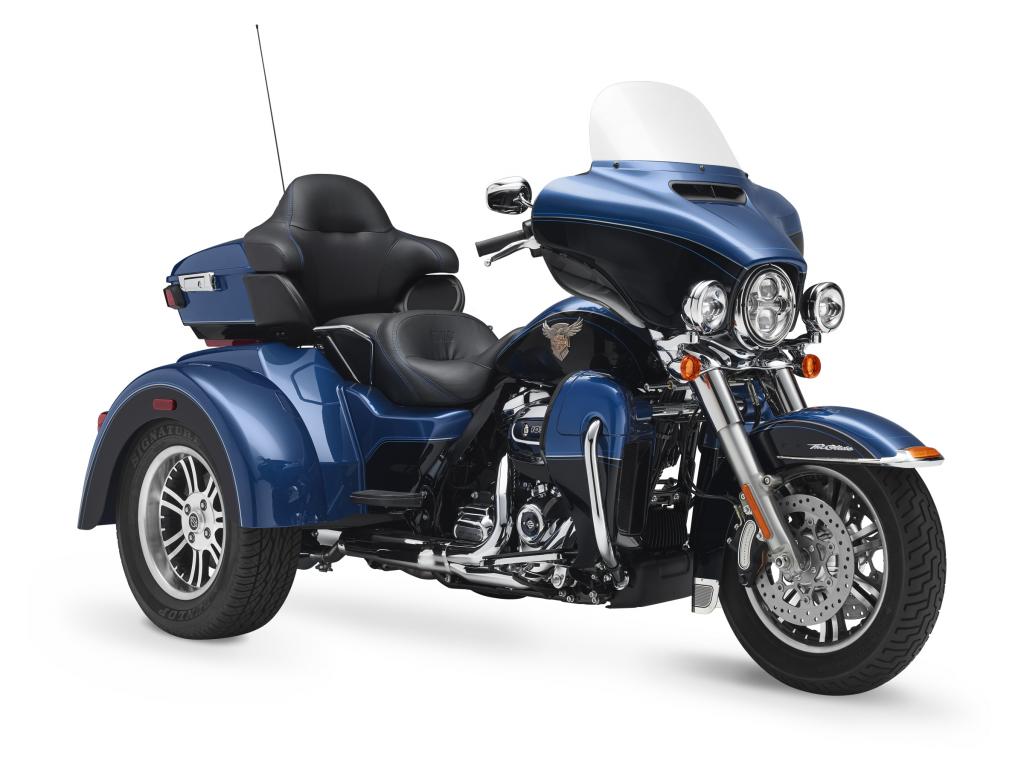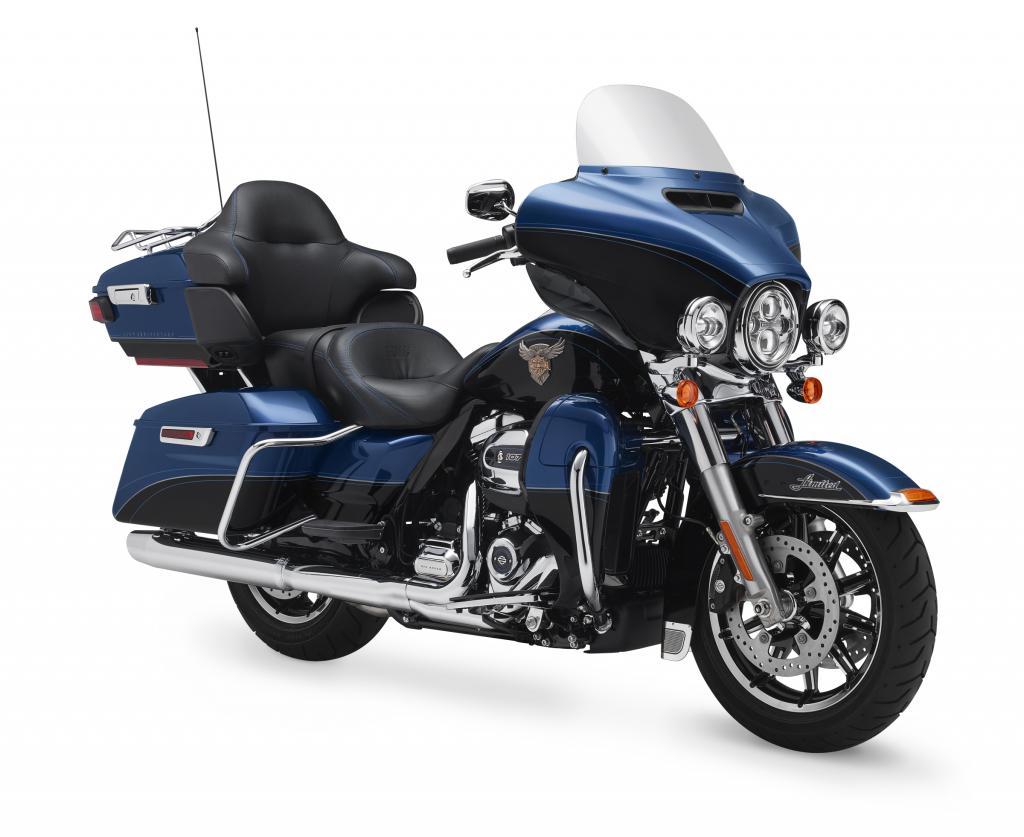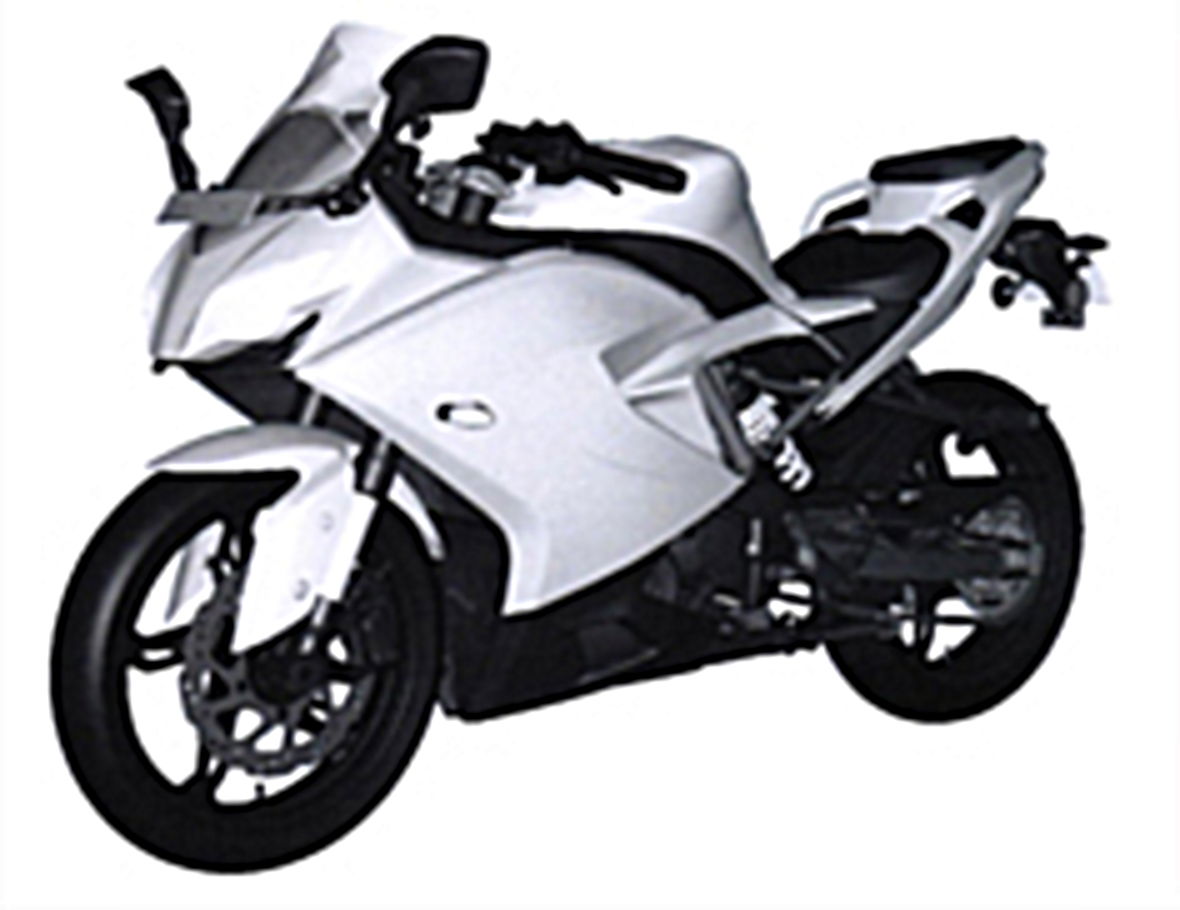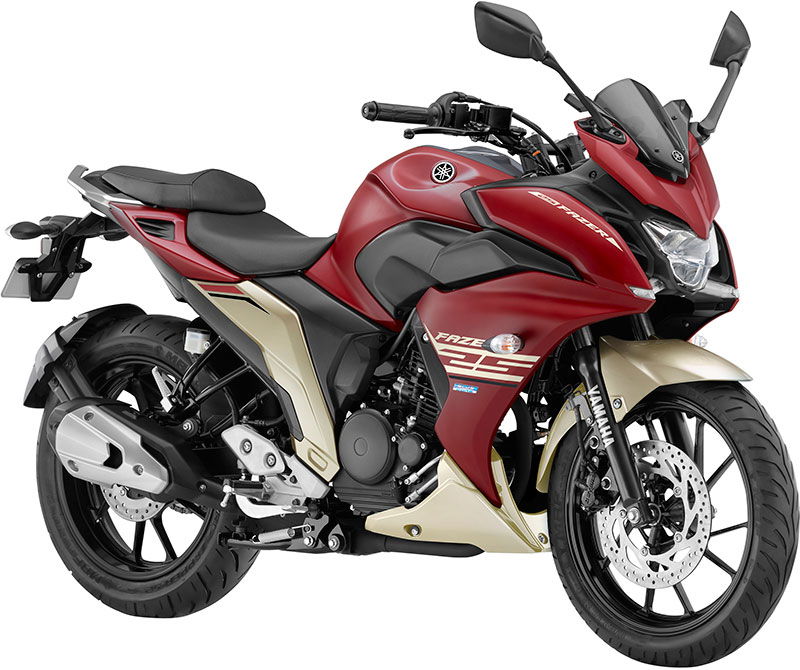What’s what with 2018’s Harley-Davidsons
All change for the Softail range, cheerio Dynas, RIP V-Rod

HARLEY-DAVIDSON traditionally reveals its new model range at the end of August and this year is no exception. And as usual there’s a minefield of major and minor changes to take into account.
Actually, 2018 represents a big upheaval for Harley. After its toe-in-the-water exercise last year, when the firm introduced its new four-valve-per-cylinder Milwaukee-Eight V-twin on the big Touring models, it’s dive headlong into spreading the same engine across the rest of the big twin range.
Normally that would mean the Dyna and Softail models. For the uninitiated, Softails have the chassis that appears to have no rear suspension – actually it’s there, just hidden – while Dynas use two very visible rear shocks. But you can forget all that now, as the Dyna model range has been given the bullet. Every big-twin Harley in 2018 is either a Touring model or a Softail.
Some of the old sub-models from the Dyna range live on, though, as Softails, The Street Bob (short, ‘bobbed’ fenders – hence ‘Bob’ – with ape-hangers and a narrow front wheel) and the Fat Bob (bobbed fenders, fat tyres, flat bars, rectangular headlight and upswept exhausts) used to be Dynas. They live on as Softails. Ditto the Low Rider (pretty much a Street Bob with alloy wheels instead of wires, and a slightly longer rear fender). 2017’s other Dyna model, the Wide Glide, has been given the bullet.
Existing Softail models that have been revamped and given the Milwaukee-Eight include the Fat Boy – now looking particularly imposing thanks to its new wheels and redesigned headlight – the Breakout (massive 21-inch front wheel, flat bars) and the Slim (like a Fat Boy, but with thinner rear tyre, wire wheels and a different headlight). There’s also the Deluxe (which is pretty much the archetypal retro Harley; wire wheels, full fenders and extra headlights) and the Heritage Classic, which is similar but with higher bars, side bags and a removable screen.
New to all of them are LED headlights, a keyless start, new instruments and a USB socket on the headstock. They also have a redesigned frame that’s stiffer and simpler than before, saving up to 17kg compared to their predecessors.
Engine-wise, the ‘107’ Milwaukee-Eight (1745cc, 107lbft at 3000rpm) is standard. Several Softails – the Fat Boy, Heritage Classic, Breakout and Fat Bob – can also be optioned with a larger ‘114’ version. That’s 1868cc, with 119lbft at 3000rpm. Power? It’s not quoted, but think something in the region of 100hp and you probably won’t be far off the mark.
Elsewhere in the Harley range, there are three new, crazy-expensive CVO models; the CVO Street Glide, CVO Road Glide and CVO Limited. They have a larger-still, ‘117’ version of the Milwaukee-Eight engine, making 125lb-ft at 3500rpm and probably about 105hp. Meanwhile in the Touring range – heavily revamped just 12 months ago – the Road Glide Special and Street Glide Special are getting blacked-out chrome for 2018.
Since Harley opened its doors in 1903, 2018 is its 115th birthday and the firm isn’t missing the chance to offer special Anniversary models. The Breakout, CVO Limited, Fat Boy, Forty-Eight, Heritage Classic, Street Glide, Street Glide Special, Tri Glide Ultra and Ultra Limited all get the treatment, which includes blue-and-black paint and special badging. On Softail-range Anniversary bikes, the ‘114’ engine is standard.
Clear? Good.
Less good – at least for fans of oddball Harleys – is that the VRSC range that made its debut with the V-Rod back in 2001 has been axed. That means Harley’s most powerful engine, the Porsche-developed ‘Revolution’, is gone.

